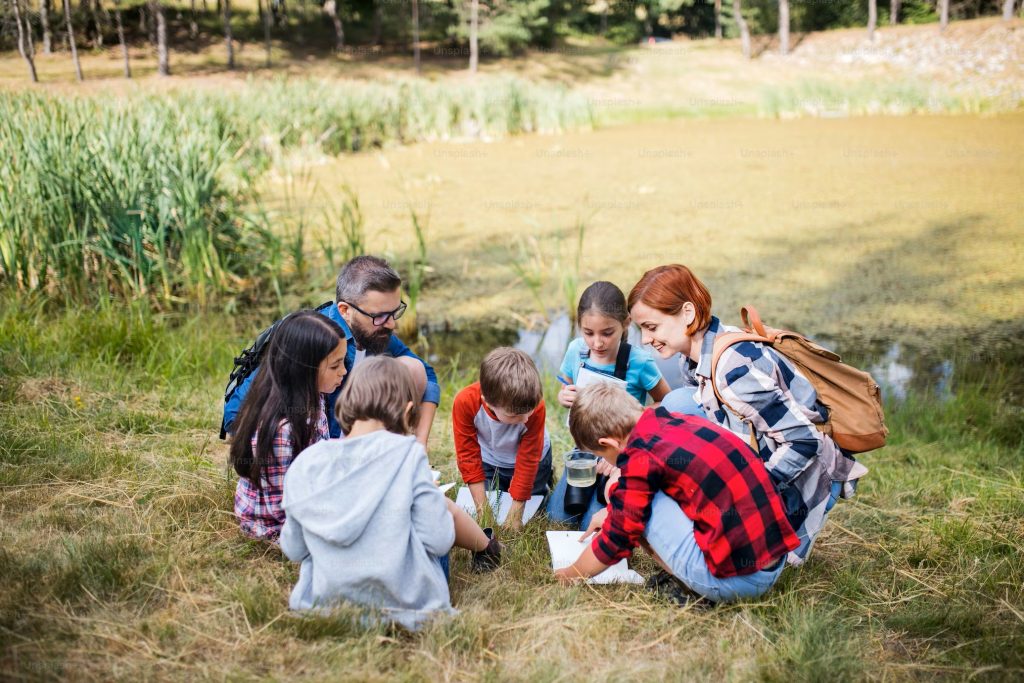Children today face increasing environmental challenges and have fewer opportunities to access
green spaces. Despite spending a significant portion of their day in primary schools, the role of
these environments in children’s exposure to nature remains underexplored. To address this
issue, researchers from the Vrije Universiteit Brussel (VUB) conducted two surveys to better
understand how schoolchildren (aged 3-12) in the Brussels-Capital Region use green spaces—
such as parks, forests, and green schoolyards—both during and after school hours, with a focus
on equity. These surveys, circulated online and on-site between March and November 2024,
gathered insights from 418 parents and 72 school staff.
The findings reveal significant inequalities in children’s use of green spaces. Children from lower-income families not only have lower access to private green spaces, but they also generally
attend schools with less vegetated schoolyards and visit public green spaces that have less
vegetation cover. Yet they tend to visit public green spaces more frequently after school, travel
longer distances for outdoor educational activities during school hours and visit fewer and more
distant green spaces on weekends, compared to children from higher-income families.
Several factors influence children’s green space use during school hours. Key enablers include
proximity to green spaces, motivated and experienced staff, and school curriculum
requirements. On the other hand, major barriers include time constraints, lack of support from
environmental organizations, staff shortages, and limited financial contributions from parents.
For parents of schoolchildren, the biggest obstacles to allowing their children to use public green
spaces after school hours are time constraints and the lack of available and attractive public
green spaces close to home and/or school. Conversely, having safe, well-maintained public
green spaces close to home and/or school—along with the fact that visiting them is free—
encourages greater use. The research also found that children aged 6 to 12, particularly girls, use
public green spaces less frequently than younger children. Additionally, public green spaces
visited near schools tend to be smaller and less vegetated than those visited further away from
schools (e.g., closer to home or another frequently visited place).
Based on these findings, the researchers recommend the following actions to policymakers and
urban planners in the Brussels-Capital Region:
- Ensure that all schoolyards have at least 30% vegetation cover, including a significant
amount of tree canopy, with priority given to underprivileged schools. - Improve existing public green spaces near schools (particularly underprivileged ones), by
increasing their vegetation cover and enhancing their quality and inclusivity (adapted to
all ages and genders, especially to girls). - Better support schools in organizing nature-based activities by providing more teacher
training (both during studies and through continuous professional development) and by
offering incentives to teachers who initiate outdoor learning.
Executive summary of the report: “Children’s use of green spaces during and after school hours
in Brussels: insights from school staff and parents: evidence from two map-based surveys
conducted by Vrije Universiteit Brussel for the EU-funded COOLSCHOOLS project” (Feb. 2025).
Find it here

